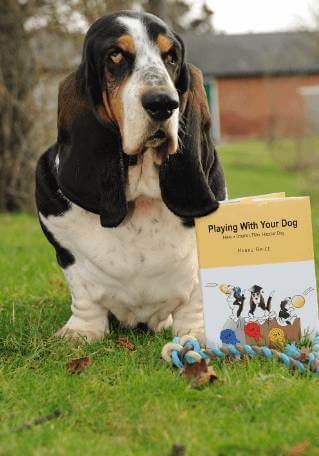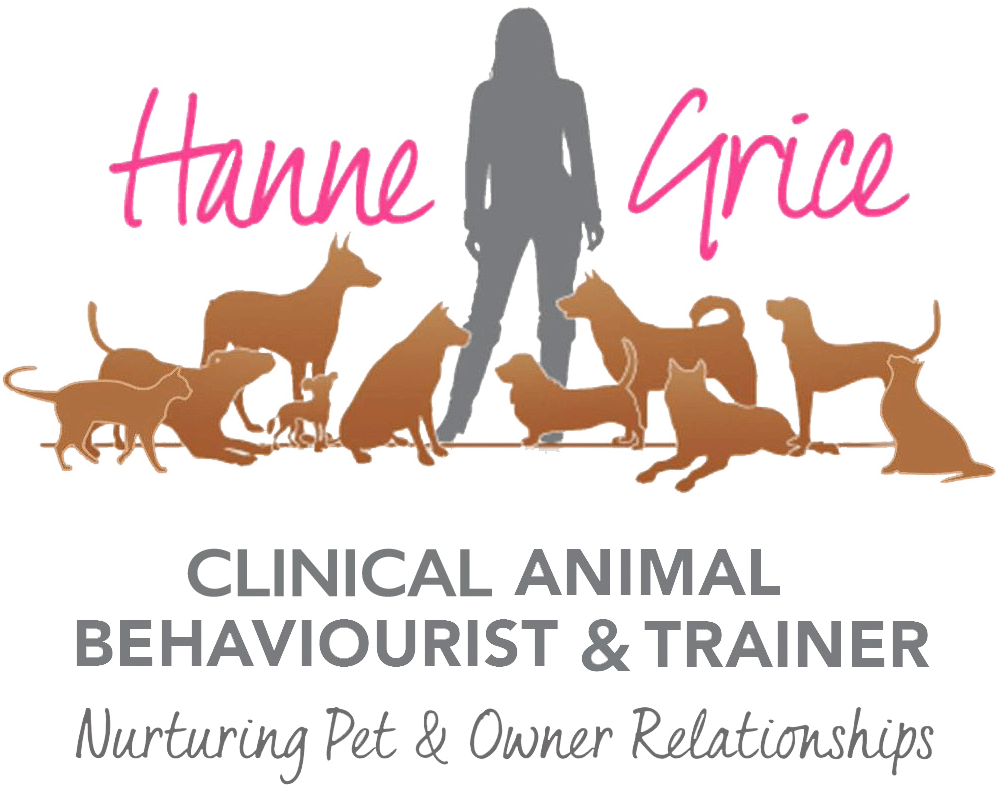
Why touch is important
The sense of touch is one of the more important senses, but is also the most overlooked. It enables us to determine if something is warm or cold, helps us respond to pain as well as light touch and deep pressure. Touch does more than just detect physical contact with our body; it helps us have an understanding of our environment.
Early in life our brain and bodies rely on the sense of touch to enable us to grow. Research suggests babies that are touched grow and develop a lot faster than if not and the same is true of our dogs. Because touch is a sense that is generally well developed at birth, many have suggested that it is possibly the most important of all the canine senses and is overwhelming important for the development of a mature and sensible mind. Research has also indicated that puppies raised in isolation do not seem to know how to avoid painful stimuli and may even perceive pain differently.
Understanding your dog’s reaction and ‘touch sensitivity’ is very important and is often taken into consideration when testing a young dog’s temperament and aptitude. Behaviourists, such as Joachim and Wendy Volhard, Clarence Pfaffenberger, Fortunate Fields and William Campell, developed tests that include reaction to touch and have suggested that a dog who is too sensitive to touch may be harder to handle and train.
The way you pet your dog matters
Stroking a pet can have a calming effect on both owner and animal. It can help lower the heart rate and promotes the release of oxytocin – the same hormone that is elicited when a mother looks or touches her baby. However, it is also important to understand that dogs differ in their ‘touch sensitivity’. For some dogs, stroking or being petted in certain areas may cause mild upset or even stress. While for others, they may love nothing more than being petted.
Dogs benefit the most when touched in places they feel comfortable with and when approached in a ‘non-threatening’ way. For example, most dogs prefer being touched with long gentle strokes along the chest, shoulder and base of the tail. While some dogs have other places they enjoy a gentle fuss, such as along their ears.
And, there are areas which are more sensitive to touch and therefore, less welcome! These areas may include; the paws, end of tail, top of head, around the face, and tummy. This can be a problem for an owner when it comes to, say, clipping the dog’s toenails. If your dog is super-sensitive to having his nails clipped, working on a programme of desensitisation and counter-conditioning his fearful response is important and you can get expert support with this via trainers and behaviourists, registered with the Animal Behaviour & Training Council (ABTC) – see the Practitioner Directory for professionals located near you.
Strokes can be rewarding
Often when we are training new behaviours, owners may use food but when the behaviour starts to become more predictable, touch is a great alternative yet powerful way to positively reinforce that wanted behaviour. Recent research from Erica Feuerbacher of the University of Florida and Clive Wynne at Arizona State University proved that when you combine verbal praise with petting, owners can train a faster and more reliable response than verbal praise alone. However, there are times when petting may simply not be enough of a motivator! For example, when you are at home and you call your dog to you, a loving stroke may work well. But once you are outside in the park with distractions all around, petting may not be enough – so that’s the time to bring out the high value tasty treats. Watching your dog’s body language will help you better understand what training rewards work best.
Speed counts
The speed of which you stroke your dog, as well as the location can also influence his behaviour. Short, fast strokes or pats can ‘whip’ a dog up into an aroused state, and in some cases, may lead to him play-biting and even snapping. Conversely, long slow strokes with a gentle pressure in the same direction of your dog’s fur, will have a more calming effect.
Think before stroking unknown dogs
While you may have a good understanding of your dog’s likes and dislikes, every dog is different. So, always be cautious when stroking a dog you don’t know. Think before you bend down to stroke an unfamiliar dog. Be aware of your body language, make yourself more approachable by turning your body sideways and avoid direct or prolonged eye contact, allowing the dog to sniff the back of your hand – and – never reach over the top of an unfamiliar dog to pet him. Check to see if the dog is looking receptive to your approach and slowly extended your hand to pet a neutral area, like his chest. If the dog steps back, turns or looks away, cowers slightly, stiffens or goes still, these are all signs that the dog does not want your attention.
And finally, if a dog approaches you don’t see this an invitation to be petted or stroked, he may simply be curious and want to have a sniff.
Learn more about our classes

Get Hanne's book, clothing and more
Hanne has a number of publications including her book Playing With Your Dog to help owners work out the games that are best suited for their pet to play throughout his life, from puppyhood to old age, available from Amazon. Check out Hanne's range of contemporary casuals The Collection – for pet lovers made from recyclable, organic materials that are sustainably sourced.

